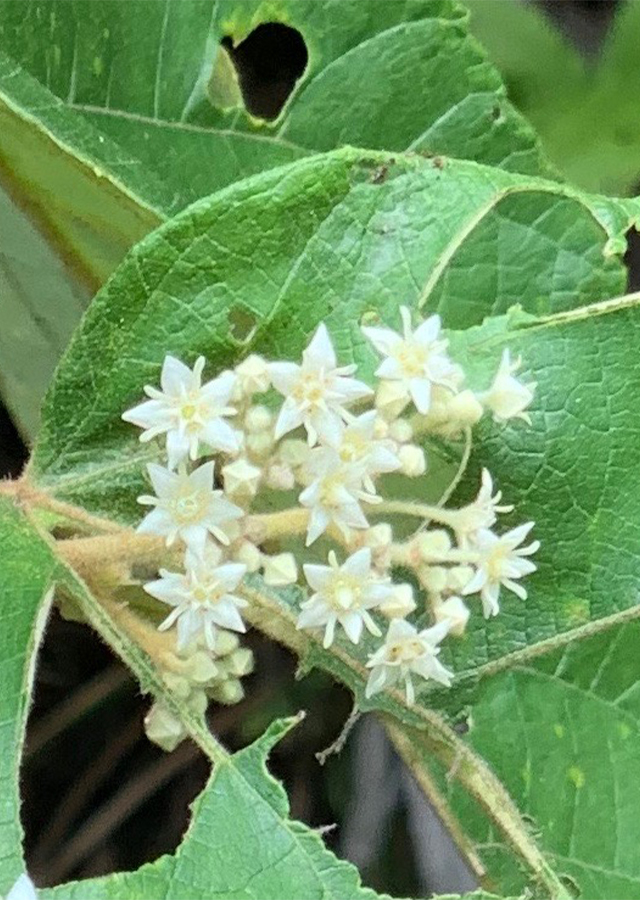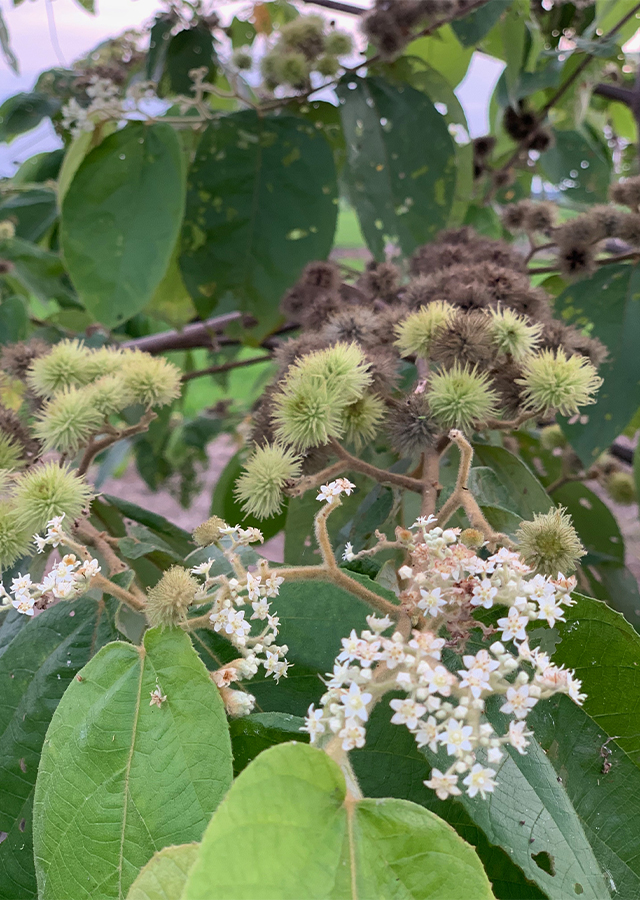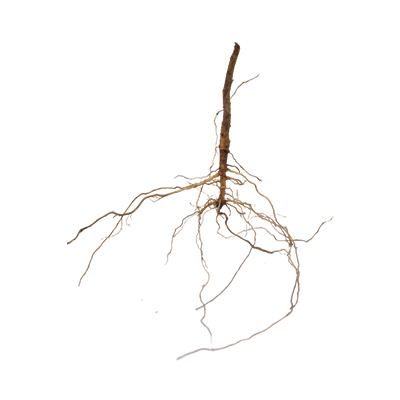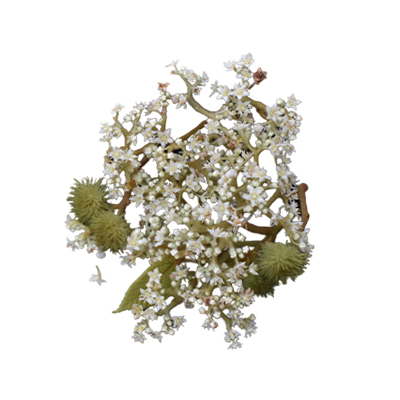Brown Kurrajong
Commersonia bartramia (L.) Merr.
Malvaceae
Location in our garden
Orchard



Synonym
Byttneria caledonica Turcz.
Byttneria hypoleuca Turcz.
Commersonia echinata J.R. Forst. & G. Forst.
Commersonia echinata J.R.Forst. & G.Forst.
Commersonia javensis G.Don
Commersonia platyphylla Andrews
Commersonia rhamnoides (Seem.) Christenh. & Byng
Pimia rhamnoides Seem.
Restiaria echinata (J.R.Forst. & G.Forst.) Kuntze
Muntingia bartramia L.
Habitus
Trees. Small tree, that usually grows 5-15 m tall but can reach 25 m
Part Used
Leaves
Bark
Flowers
Roots
Growing Requirements
Full Sunshine
Need Shade
Habitat
Forest
Shrublands
Grassland
Overview
Distributed from southern China through Indo-China, Peninsular Malaysia, Indonesia and the Philippines to the Central Pacific. The fibrous bark has many applications. The fibre is used as cordage for fishing lines, nets, baskets, belts, girdles, headbands etc. Strips of the bark are used as a crude rope to carry produce and firewood, and for lashing in construction. An attractive tree, it is sometimes grown as an ornamental.
Vernacular Names
Durian tupai (Malaysia), Kakaag (Philippines), Echong let (Thailand), Ki handeong (Indonesia: Sundanese), Blencong (Indonesia: Javanese), Andilo (Indonesia: Batak)
Agroecology
It is a common tree of secondary and dry forest and patches of forest or thickets in grassland; occasional in garden and fallow areas, where it is an important pioneer species. This is a plant of the subtropics to the tropics, where it can be found at elevations up to 800 m. Trees are rather frost-sensitive. It will tolerate wind exposure, low temperatures down to 0 °C and light frost, though frost protection is advised in the first winter after planting.
Morphology
- Stems - twig bark strong and fibrous stripes in the blaze.
- Leaves - Stipulate. stellate hairs visible on the stipule, leaves and twigs with the aid of a lens. Leaf blades about 6-30 cm × 2.5-25 cm, ovate-oblong, sparsely stellate-pubescent to nearly glabrous above, densely gray-white puberulent on the underside.
- Flowers - about 5 mm diameter in large panicles. Calyx and corolla stellate hairy throughout. Staminodes petaloid, stellate hairy, inflexed and covering the ovary in the bud, but reflexed to expose the ovary at anthesis. Each staminal filament with a bilobed gland at the base, each lobe long, subulate and hairy.
- Fruits - capsule about 10-12 mm diameter, completely covered with long, stellate, hairy bristles, each bristle 5 mm or more long.
- Seeds - about 1.5-2 x 1-1.5 mm, funicle yellow or orange, cotyledons elliptic, about 6-9 x 5-7 mm undersurface clothed in short, pale hairs towards the base, visible only with a lens, hairs on the upper surface visible with a lens, numerous hairs along the margin.
Cultivation
- It is propagated by seed - it can be germinated by blending the whole capsules, then covering the mix with almost boiling water (making sure it cools down quickly enough not to cook and kill the (seed) and then sowing the resulting fibrous mass. Seed germination time 15 to 21 days.
- Cuttings strike quickly and easily.
Chemical Constituents
Flavonoid, alkaloid, terpenoid, steroid, saponin, phenolic.
Traditional Medicinal Uses
- The extracts are agents for immunotherapy and chemical sensitization in gynecologic and colon cancers.
- The leaves can used for treat malaria and abdominal pain.
- An infusion of the fresh leaves is given as a treatment against diarrhoea and dysentery, used as a gargle for sore throats and inflamed gums.
- It is applied externally in lotions for burns and in a paste for scurf. External application against sciatica and lumbago is reported from Borneo.
- The fibrous bark is made into general-purpose ropes.
Part Used
Reference Sources
- Australian Tropical Rainforest Plants. (No date). Commersonia bartramia. http://www.canbr.gov.au/cpbr/cd-keys/RFK7/key/RFK7/Media/Html/entities/Commersonia_bartramia.htm. 18-11-2020.
- Fern, Ken. (2014). Useful tropical Plants. Commersonia bartramia. http://tropical.theferns.info/viewtropical.php?id=Commersonia+bartramia. 18-11-2020.
- Highway Haven Nursery. (No date). Natives by the Month. https://www.hwyhaven.com.au/Natives-by-mnth.html. 18-11-2020.
- Kim S., Park, S.G., Song Y.J., and et all. (2018). Analysis of Anticancer Activity and Chemical Sensitization Effects of Dendropanax morbifera and Commersonia bartramia Extracts. http://europepmc.org/article/MED/29970505. 16-02-2021.
- Pl@nt Use. (2016). Commersonia bartramia (PROSEA). https://uses.plantnet-project.org/en/Commersonia_bartramia_(PROSEA). 18-11-2020.
- POWO (2021). Plants of the World Online. Facilitated by the Royal Botanic Gardens, Kew. Published on the Internet; http://www.plantsoftheworldonline.org/
Retrieved 01 December 2021.



